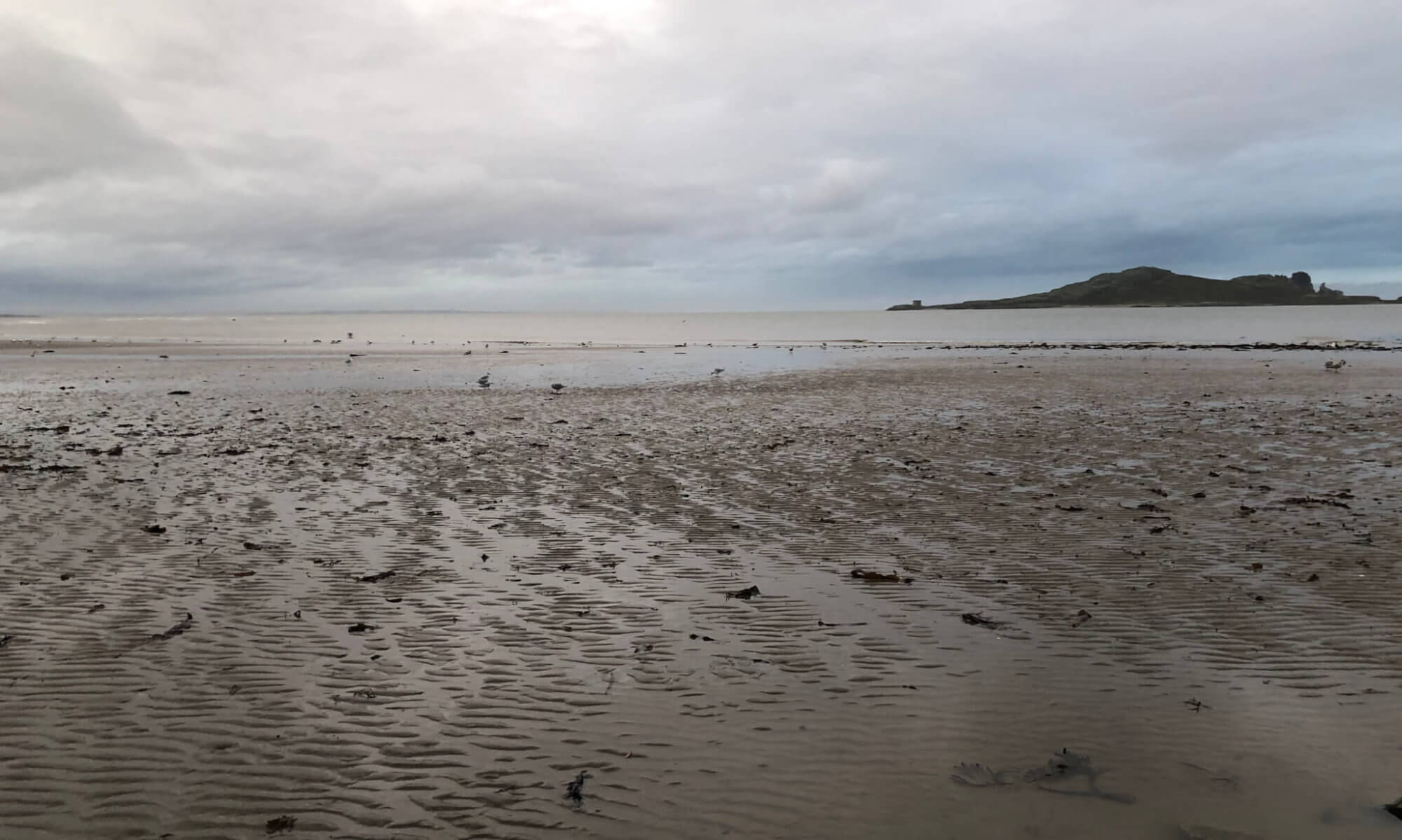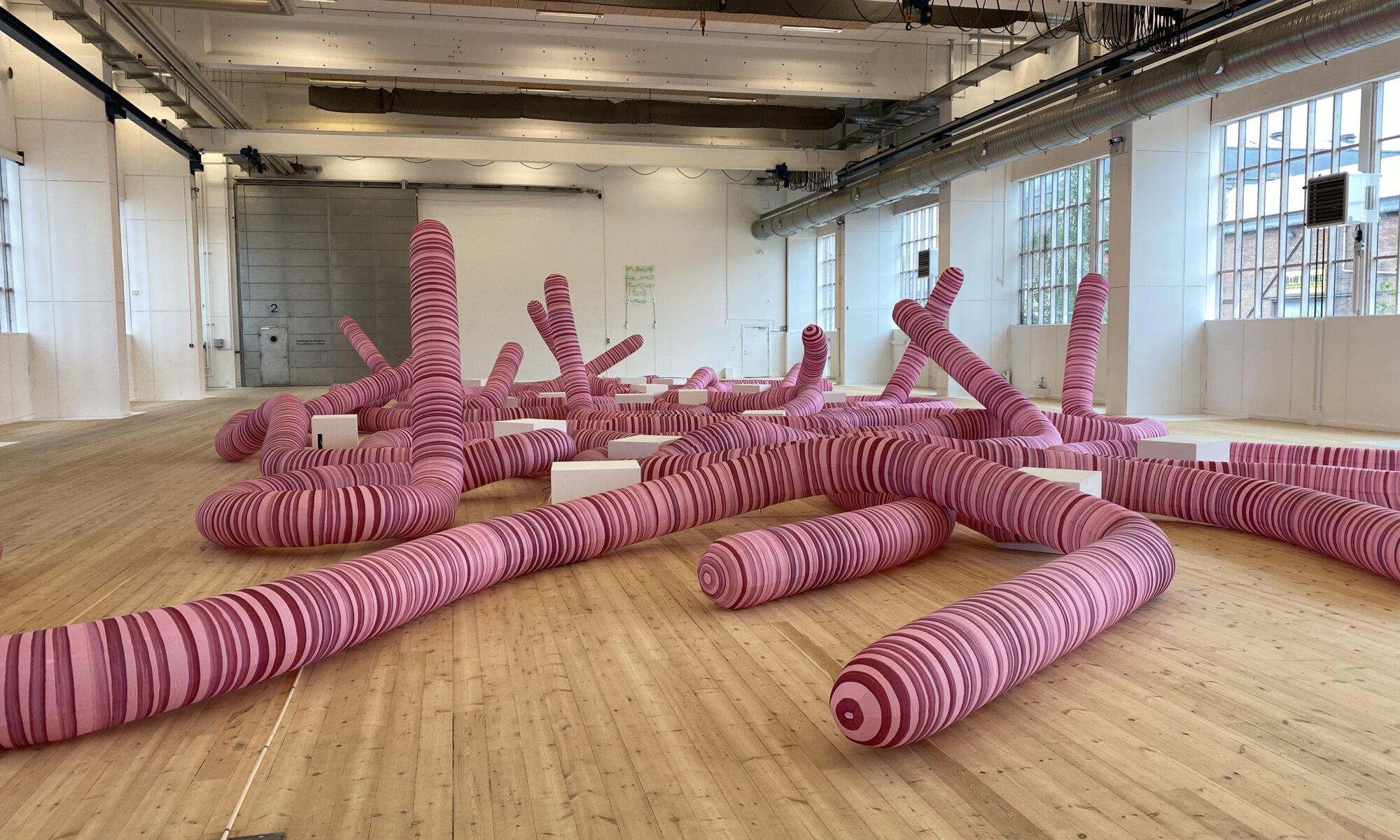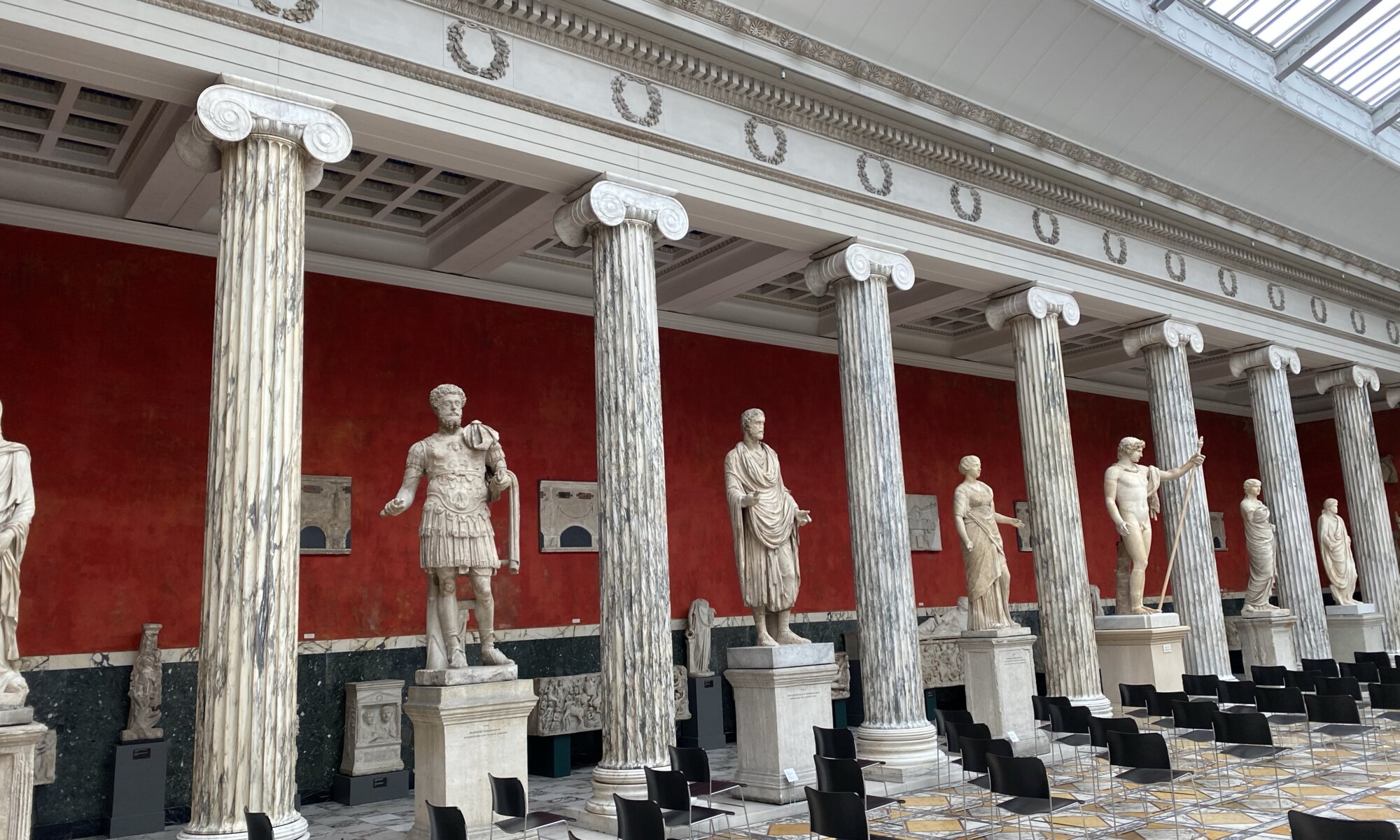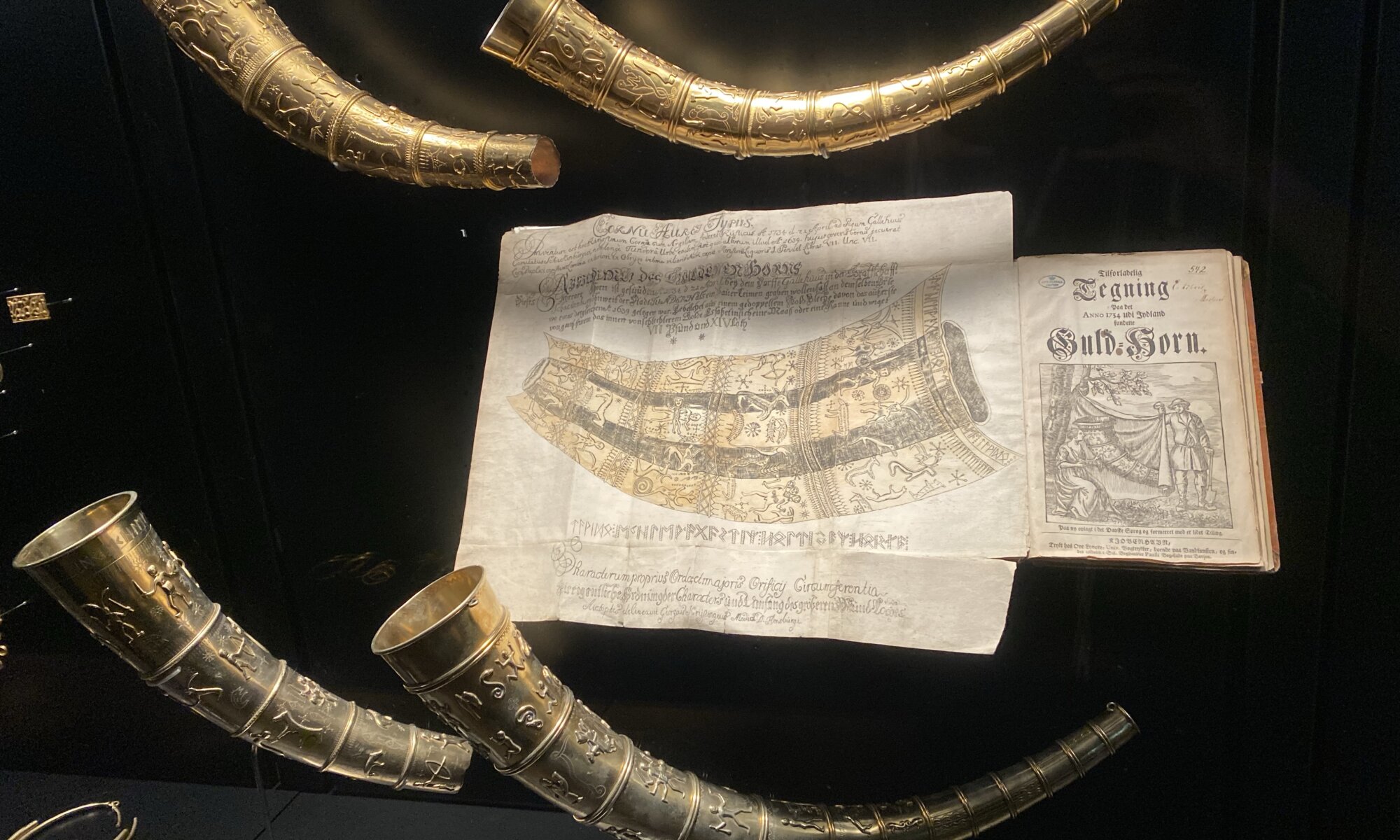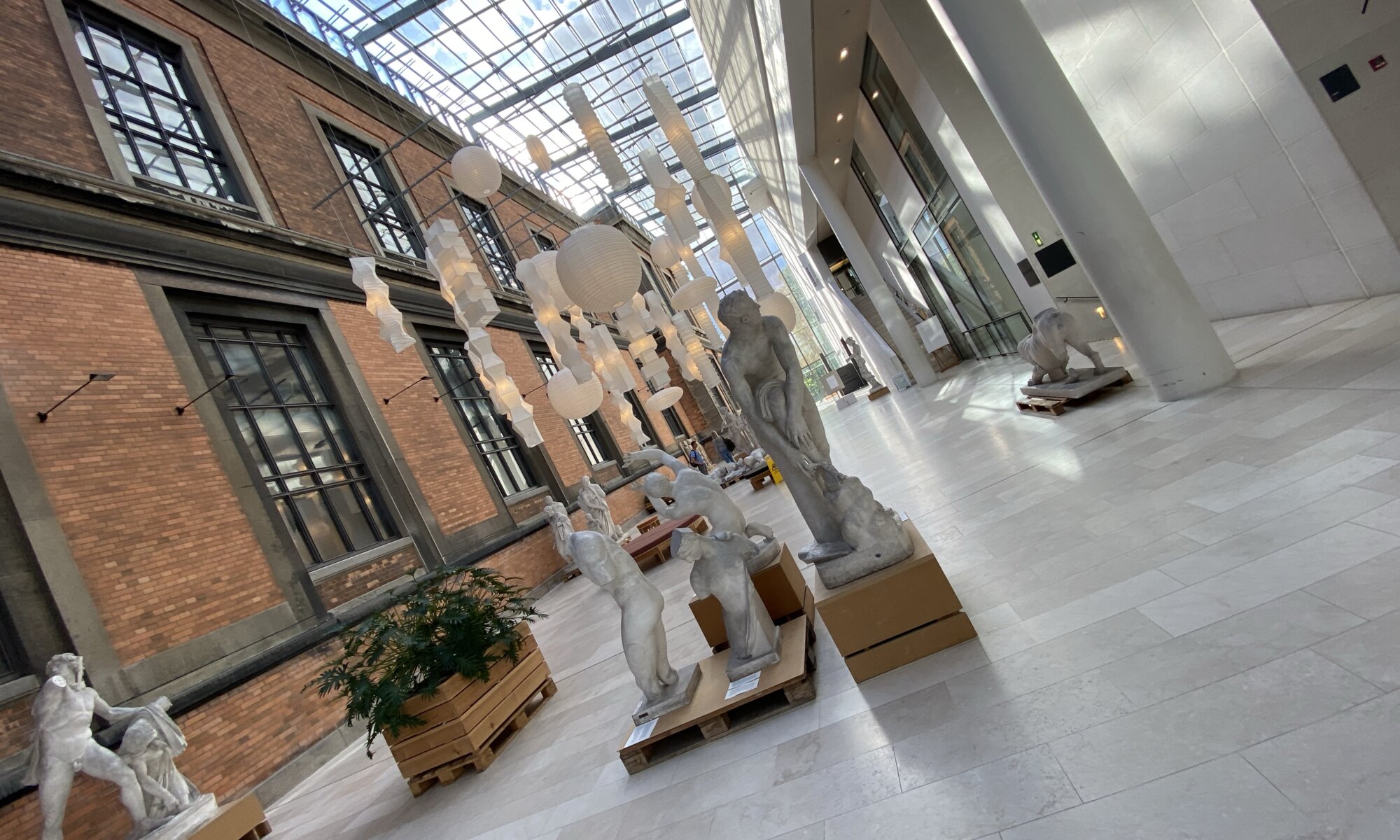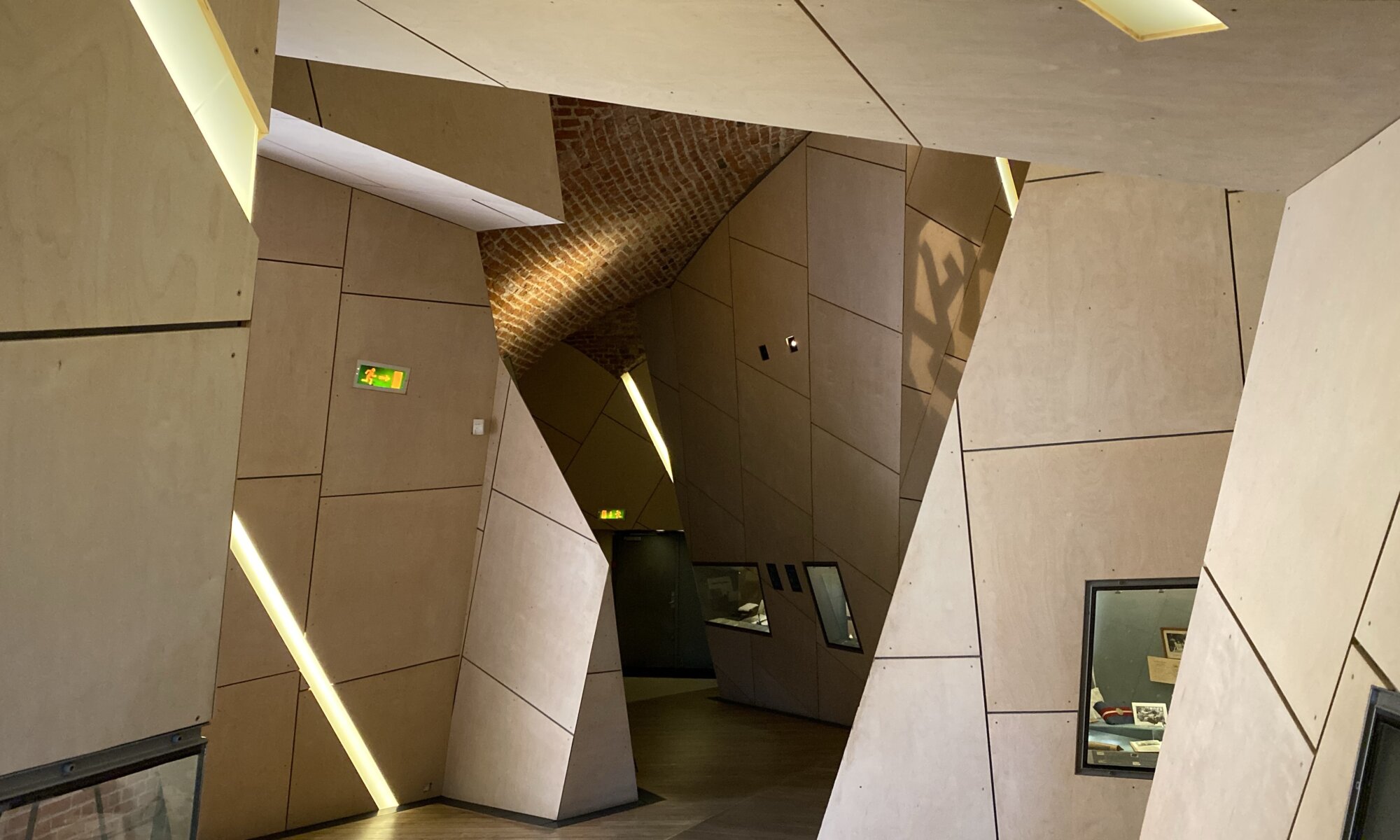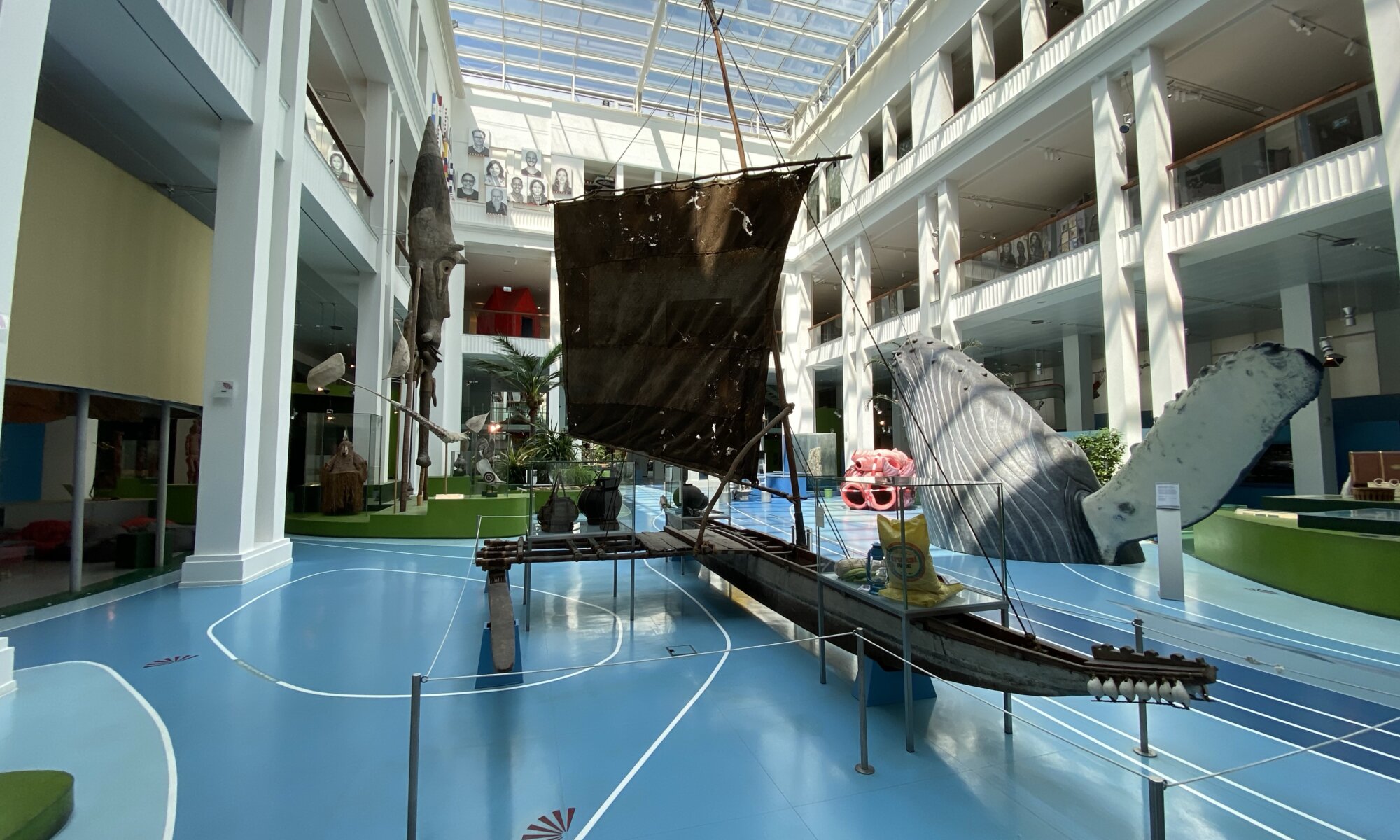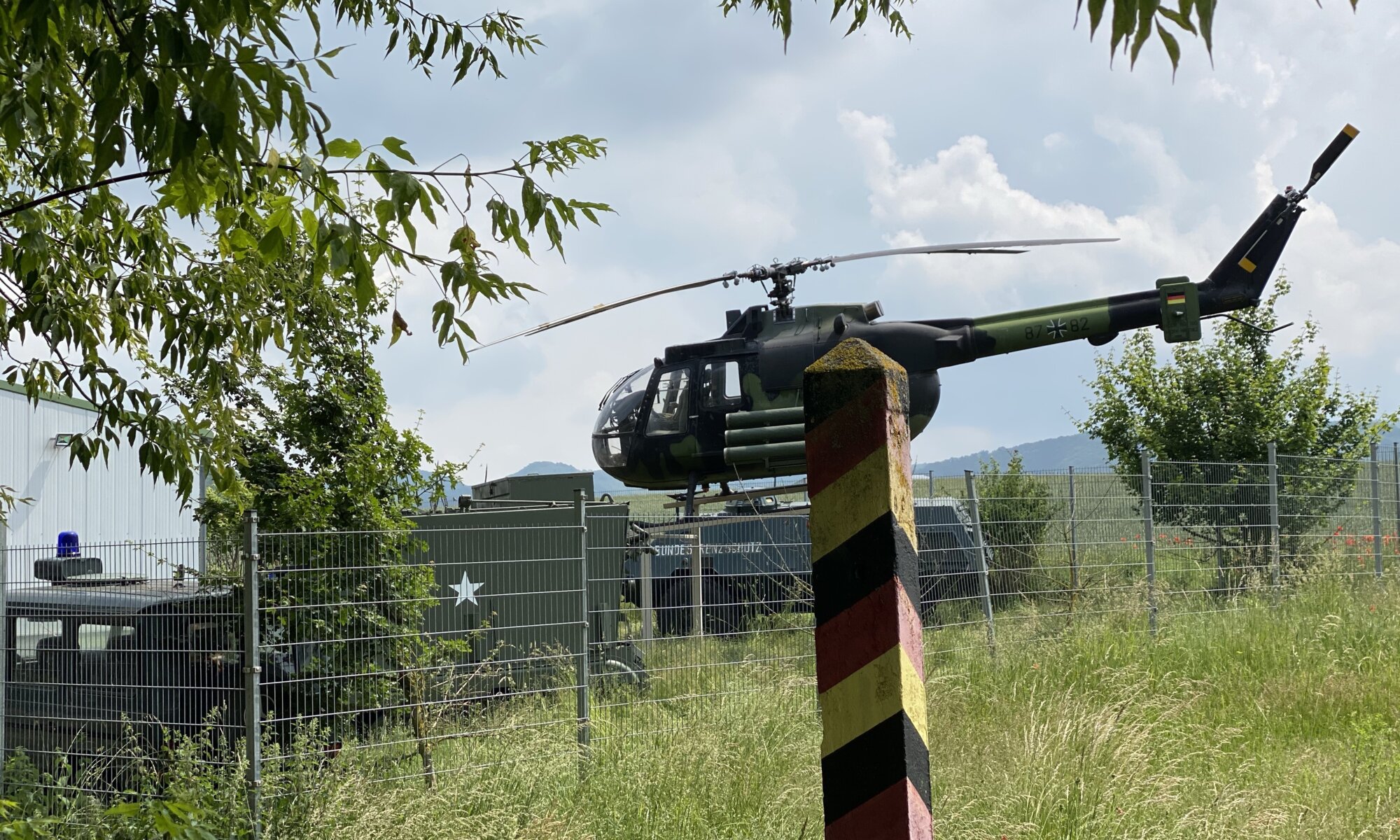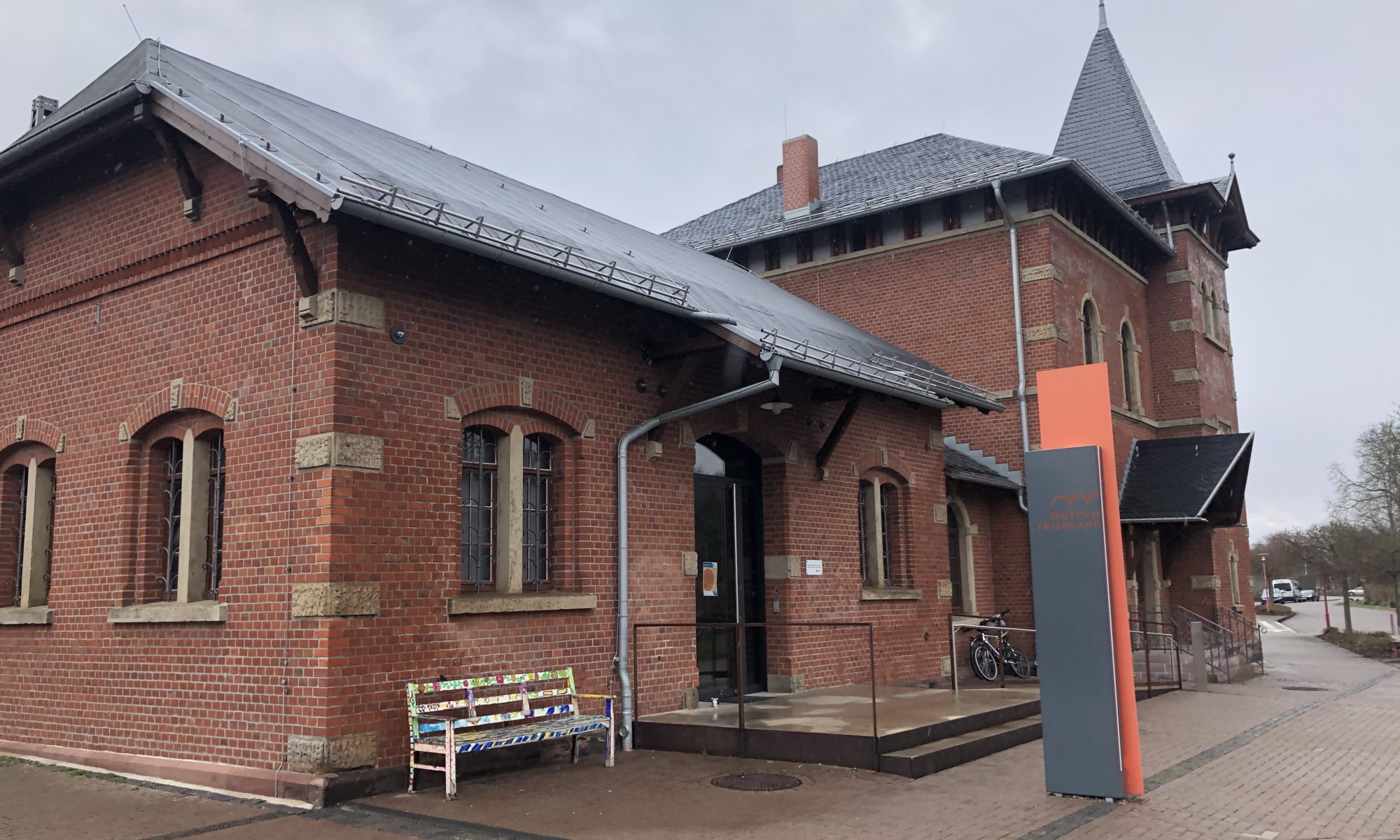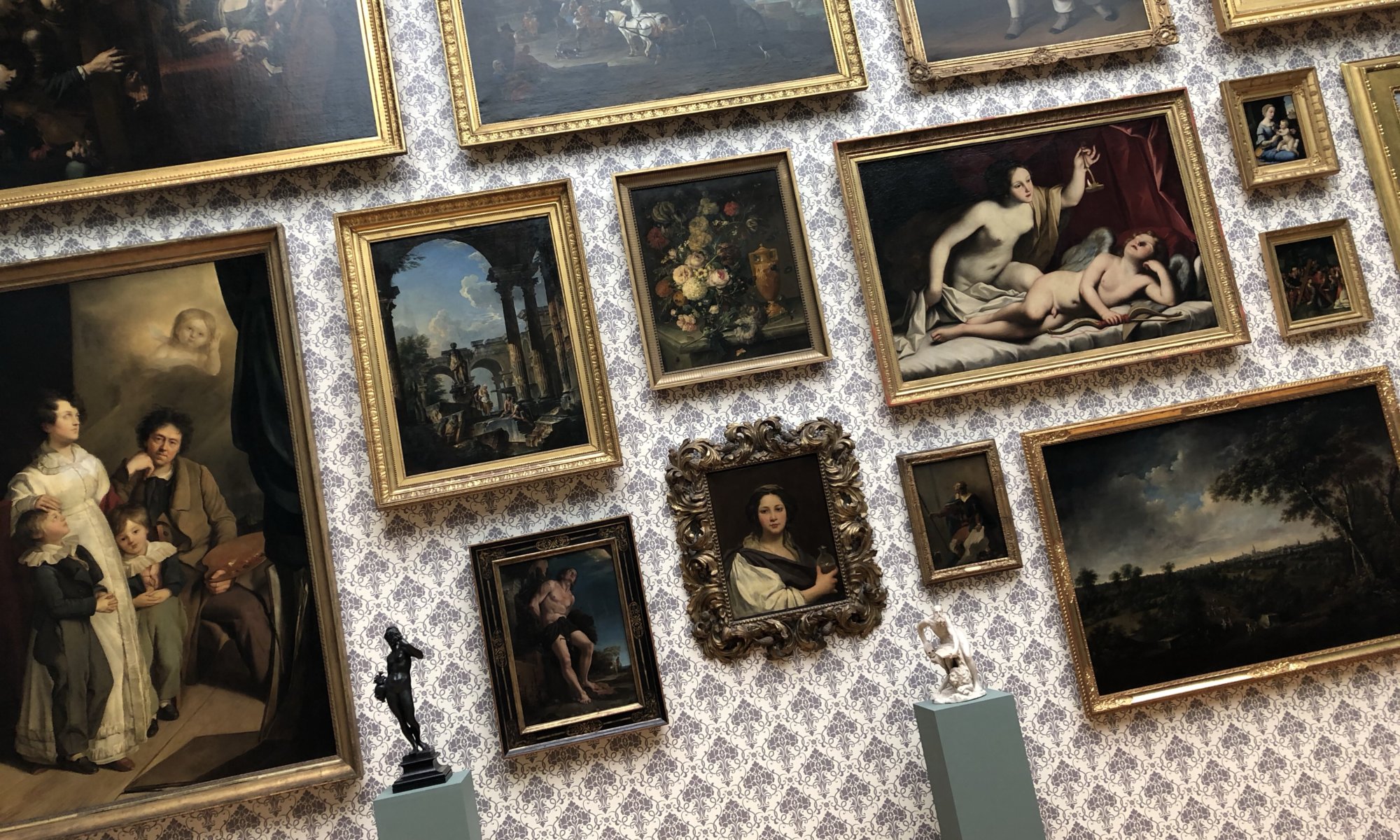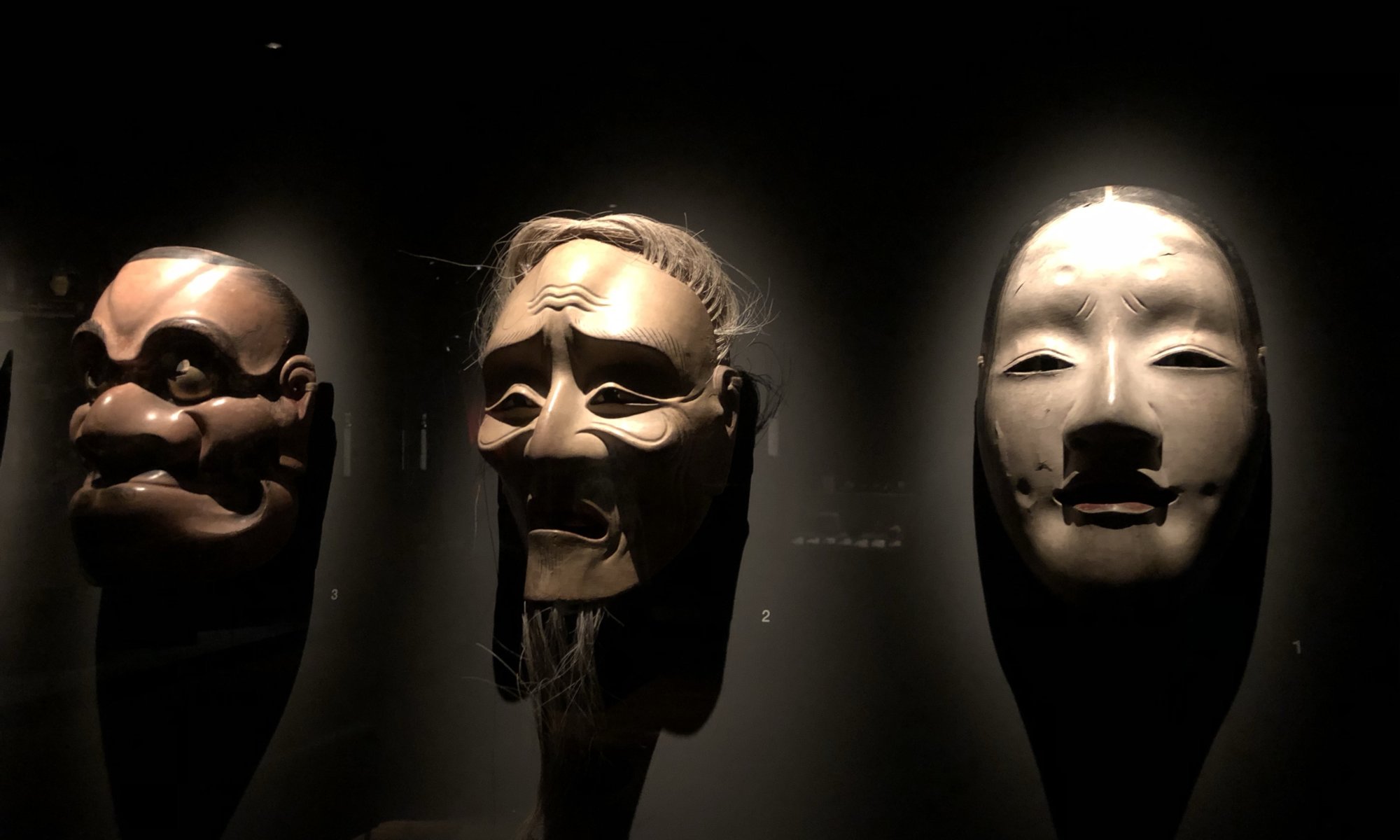I’ve been disappointed by so many museums for contemporary art that my expectations are pretty low when visiting one of them – that protects me very well. The Copenhagen Contemporary or short CC is a nice one on the Refshaleøen peninsula in København. What you should know in advance is that they exhibit a very small number of artworks, but that those are often very large. The old industrial halls are perfect for giant items that can’t be shown in most museums.
Continue reading “Danish minimalism”Glyptotek
A collection of sculptures doesn’t sound so inviting for you? Think twice! I would also visit the Ny Carlsberg Glyptotek in København if it would be completely empty – because already the fantastic staircases and the giant hall with palm trees in the centre of the building are simply amazing. Within you can find modern sculptures and antics from Greece and Rome and also some impressionist art – a wonderful combination.
Continue reading “Glyptotek”Meet the Vikings
The national museum or Nationalmuseet of København is a wild mix of items and themes typical for Danish history. It starts in the very beginning, covers medieval times as well as modern developments. The museum is very modern, with a very open architecture and an inviting playground for all ages.
Continue reading “Meet the Vikings”Fall of the Titans
Every capital city needs a giant art exhibition – in København you can find it in the vast Statens Museum for Kunst or short SMK. The state-owned museum was opened in 1897 and shows visual arts of Denmark and the Nordic countries – accompanied by some works of international artists like Rembrandt, Munch, Matisse, Rubens or Nolde.
Continue reading “Fall of the Titans”Jødisk Museum
The Dansk Jødisk Museum of København is a place that makes you dizzy and irritates your senses because of its special architecture. The museum was designed by Daniel Libeskind in the same style as the Jewish museum in Berlin and was opened in 2014 – rather late. It is located within Slotsholmen, an ancient building in the city centre which is part of the royal library created by king Christian IV. in 1622.
Continue reading “Jødisk Museum”Around the world
Bremen, Germany, has a long tradition in seafaring and trading – therefore it is no surprise that you can find the Übersee-Museum (overseas museum) directly next to the main railway station. It dates back to the year 1875 and is an ethnologic, natural history and trading museum covering different territories and cultures overseas in Asia, Africa and the Americas. It uses multimedia technology and also presents daily life (like local nutrition) in the discussed geographical areas.
Continue reading “Around the world”Grenzmuseum Schifflersgrund
When you’re exploring the area around Göttingen, Germany, you will soon find traces of the former inner-German border. South of the city – near Friedland – three occupation zones met: the American (including Kassel), the Russian (including Heiligenstadt) and the British (including Göttingen). When Germany was separated into the FDR and the GDR the border was therefore also close-by: only 18 km south of the city (between Friedland and Kirchgandern).
Continue reading “Grenzmuseum Schifflersgrund”Museum Friedland
Friedland is a place that plays an important role in German history – a place in southern Lower Saxony that is deeply connected to migration. It all started after World War II when the Grenzdurchgangslager was opened and people from the lost former eastern parts of Germany as well as prisoners of war arrived here. They started their new lives in this place, were registered, provided with food and housed until they could travel onward. Still more than twenty years after the war people arrived from camps and prisons in the east. Even after that, the Grenzdurchgangslager remained open and welcomed Germans migrating back from Soviet Russia and asylum seekers.
Continue reading “Museum Friedland”MdbK
The Museum der bildenden Künste (or short MdbK) is an art museum at the city centre of Leipzig, Germany. It already dates back to the year 1848 but only in 2004 it could move into its current location: a large cube with 10,000 square metres of exhibition space between old houses. It is one of the largest art museums in Germany and has a lot of exhibitions per year: when I was there they had a funny social media exhibition in the cellar and a great exhibition of impressionists. But the MdbK isn’t a museum for contemporary art – it’s a continuous mix. Since its foundation, it collected pictures and statues and has a fine collection starting in the late medieval times.
Continue reading “MdbK”Grassi
The Grassi-Museum is my most favourite museum in Leipzig, Germany. In fact, it is a combination of three museums: one for applied arts, one for ethnology and one for musical instruments. The museum of applied arts (Museum für angewandte Kunst) shows design history from ancient Egypt and Greece until today. It is a mix of old and new, light is used in a fantastic way and the different epochs are explained very well. I even enjoyed the section for sacred art that I normally pass very fast.
Continue reading “Grassi”